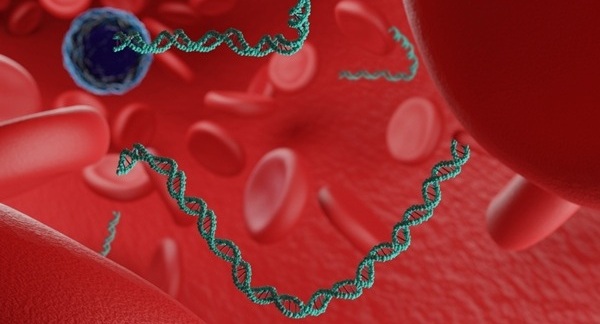Simple Urine Test Helps Track ALS Progression
By LabMedica International staff writers
Posted on 05 Apr 2017
The continued failure of amyotrophic lateral sclerosis (ALS) clinical trials and the absence of therapeutic options for this fatal disease have fueled interest in the prospect that biomarkers may hold great promise for advancing therapy development efforts.Posted on 05 Apr 2017
Among the biological fluid–based biomarker candidates, the cytoskeletal proteins neurofilament light (NfL) and phosphorylated neurofilament heavy (pNfH) show great promise as prognostic markers and potential pharmacodynamics biomarkers. However, since neurofilament levels remain largely stable over time, they do not reflect disease progression.
Scientists at Flinders University and their colleagues performed a prospective cohort study in which urine samples from patients with ALS and controls were collected. The population in the study comprised 45 healthy controls and 54 people with ALS, 31 of who were sampled longitudinally. Urinary creatinine and osmolarity measurements were performed using a Roche / Hitachi modular analyzer.
To evaluate urinary neurotrophin receptor p75 extracellular domain (p75ECD) levels, the team used a sandwich enzyme-linked immunoassay (ELISA) and validation included intra-assay and inter-assay coefficients of variation, effect of circadian rhythm, and stability over time at room temperature, 48 °C, and repeated freeze-thaw cycles. Longitudinal changes in urinary p75ECD were examined by mixed model analysis, and the prognostic value of baseline p75ECD was explored by survival analysis. The ELISA assays were read using a Victor×4 plate reader PerkinElmer.
The scientists confirmed that p75ECD was higher in patients with ALS (5.6 ± 2.2 ng/mg creatinine) compared to controls (3.6 ± 1.4 ng/mg creatinine). Assay reproducibility was high, with p75ECD showing stability across repeated freeze-thaw cycles, at room temperature and 48 °C 42 days, and no diurnal variation. Urinary p75ECD correlated with the revised ALS Functional Rating Scale at first evaluation and p75ECD also increased as disease progressed at an average rate of 0.19 ng/mg creatinine per month.
The authors concluded that the assay for urinary p75ECD is analytically robust and shows promise as an ALS biomarker with prognostic, disease progression, and potential pharmacodynamic application. Baseline urinary p75ECD provides prognostic information and is currently the only biological fluid–based biomarker of disease progression. The study was published ahead of print on February 22, 2017, in the journal Neurology.




 assay.jpg)








